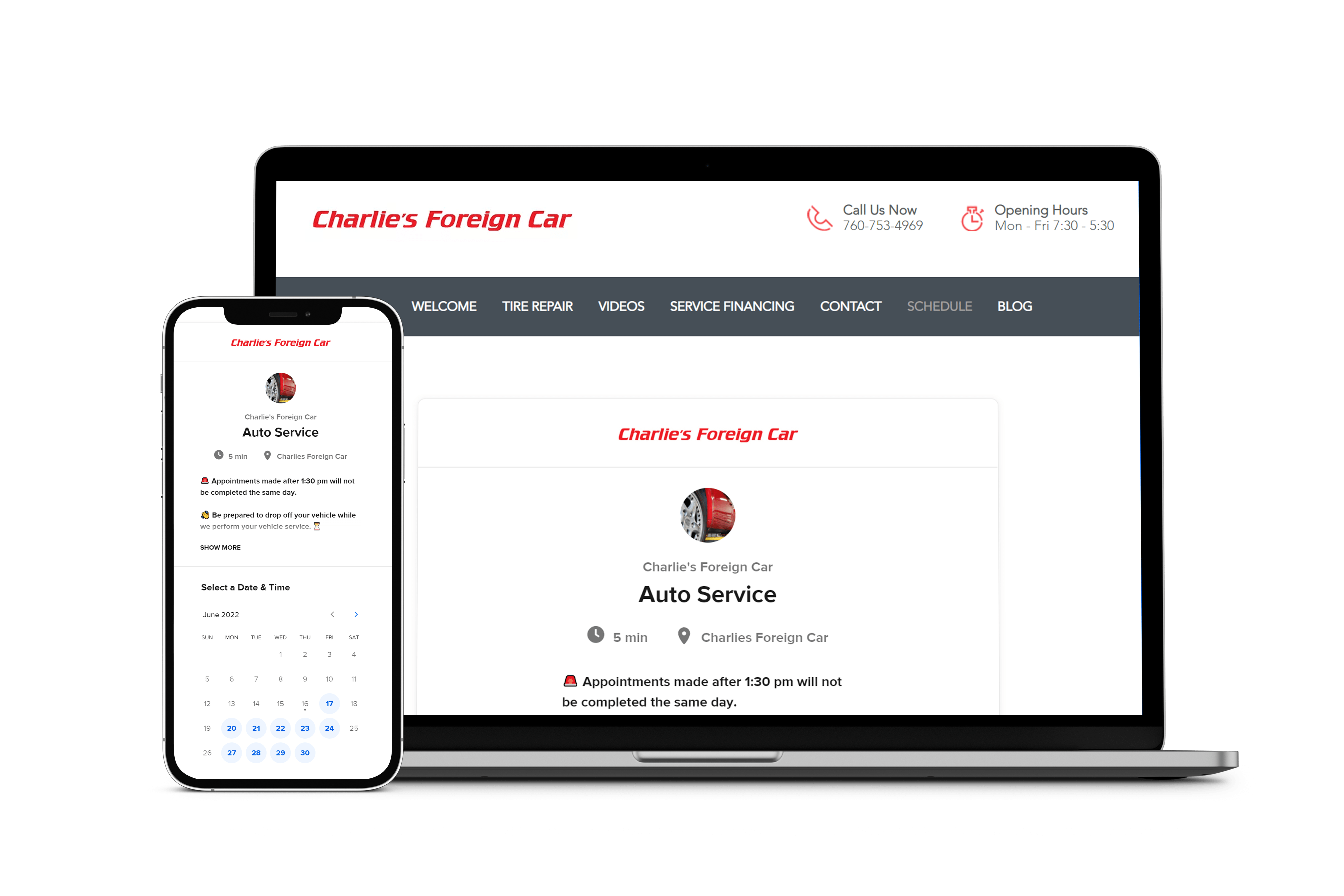Tire tread refers to the patterned grooves and ridges on the surface of a tire that comes into contact with the road. This seemingly simple feature serves several essential functions:
- Traction: The tread pattern’s design helps maintain optimal traction between the tire and the road surface. Adequate traction is critical for ensuring safe acceleration, braking, and cornering, especially in adverse weather conditions.
- Water Dispersion: The grooves and channels in the tread pattern are designed to disperse water, reducing the risk of hydroplaning. This helps maintain contact between the tire and the road even in wet conditions.
- Heat Dissipation: The tread assists in dissipating heat generated by the friction between the tire and the road. Proper heat management is crucial for preventing tire overheating and potential blowouts.
Factors Influencing Tire Tread Wear
Tire tread wear is a natural and inevitable process caused by the friction between the tire and the road. However, several factors can accelerate tread wear:
- Driving Habits: Aggressive driving, sudden braking, and sharp cornering can cause excessive wear on the tire tread.
- Road Conditions: Rough roads, potholes, and debris can lead to faster and uneven tire tread wear.
- Alignment and Balance: Improper wheel alignment and unbalanced tires can result in uneven tread wear.
- Tire Pressure: Underinflated or overinflated tires can cause uneven tread wear, reducing the tire’s overall lifespan.
- Tire Quality: The quality and composition of the tire’s rubber compound play a role in determining how well the tread holds up over time.
The Anatomy of a Personal Vehicle
A personal vehicle is a complex machine composed of various components that work together to provide mobility, comfort, and safety. Here are some key components of a typical personal vehicle:
- Chassis: The chassis is the framework that supports the vehicle’s body, engine, and other components. It provides structural integrity and contributes to the vehicle’s overall stability.
- Engine: The engine is the heart of the vehicle, converting fuel into mechanical energy for propulsion. It consists of various components like cylinders, pistons, and a fuel delivery system.
- Transmission: The transmission transfers power from the engine to the wheels, allowing the vehicle to change speed and direction. It can be manual, automatic, or a variation thereof.
- Suspension System: The suspension system includes components like springs, shock absorbers, and linkages that provide a smooth ride by absorbing shocks and maintaining contact between the tires and the road.
- Braking System: The braking system comprises components like brake pads, rotors, and calipers, enabling the driver to slow down or stop the vehicle safely.
- Tires: Tires are the point of contact between the vehicle and the road. They provide traction, absorb shocks, and contribute to overall vehicle stability.
- Interior and Safety Features: These include seats, dashboard controls, airbags, seatbelts, and advanced driver assistance systems (ADAS) designed to enhance occupant safety and comfort.



